Unnoticed water intrusion can cause significant damage over time. While a small leak in your plumbing or a small trickle in your home’s foundation may not seem like it could do much damage, long-term exposure to increased moisture can cause serious deterioration to your home’s building materials and underlying structure. Higher levels of humidity from unnoticed water intrusion can also create the ideal environment for mold growth, which is not only damaging to your house but can also cause health issues for people living in your home. Keeping an eye out for these commonly overlooked warning signs of water intrusion can save you from costly repairs down the road.
Standing or Visible Water
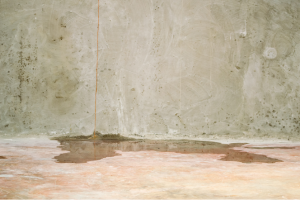 It may seem silly to begin our list with a rather obvious sign of water intrusion, but you would be surprised by the number of homeowners who dismiss standing or visible water. Many make the mistake of believing standing or visible water in the basement is nothing to worry about, especially if it follows a strong storm or a particularly wet season. But the truth is, standing water is always a sign of an underlying problem that needs to be addressed. Homes are designed to keep water out, so if you notice water trickling in or pooling—even after a major storm or particularly wet season—it’s a sign that you have a water intrusion problem that needs to be fixed. Foundation leaks can point to a much larger problem brewing behind your foundation walls and underneath your basement floor. These are the kinds of problems that can lead to catastrophic foundation damage, which has the potential to bring your whole house down. Do not ignore water that finds its way into your home, even if you have an unfinished basement.
It may seem silly to begin our list with a rather obvious sign of water intrusion, but you would be surprised by the number of homeowners who dismiss standing or visible water. Many make the mistake of believing standing or visible water in the basement is nothing to worry about, especially if it follows a strong storm or a particularly wet season. But the truth is, standing water is always a sign of an underlying problem that needs to be addressed. Homes are designed to keep water out, so if you notice water trickling in or pooling—even after a major storm or particularly wet season—it’s a sign that you have a water intrusion problem that needs to be fixed. Foundation leaks can point to a much larger problem brewing behind your foundation walls and underneath your basement floor. These are the kinds of problems that can lead to catastrophic foundation damage, which has the potential to bring your whole house down. Do not ignore water that finds its way into your home, even if you have an unfinished basement.
Cracks in the Walls
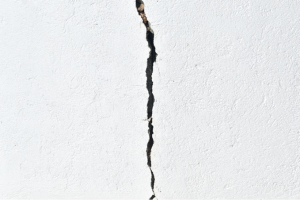 If you notice cracks in your walls, whether in foundation walls or the drywall throughout your home, you may have a water problem that needs to be addressed. Most people know that cracks in foundation walls point to potential problems with moisture or settling. Vertical or diagonal cracks are usually the result of your home settling. Horizontal cracks, on the other hand, signal serious problems beyond the foundation walls that need to be addressed before the structural integrity of your home is compromised. Often, improper water drainage (or not cleaning your gutters) can allow moisture to build up around the foundation and put pressure on the foundation walls. All foundation wall cracks should be evaluated and repaired to prevent water intrusion problems from occurring.
If you notice cracks in your walls, whether in foundation walls or the drywall throughout your home, you may have a water problem that needs to be addressed. Most people know that cracks in foundation walls point to potential problems with moisture or settling. Vertical or diagonal cracks are usually the result of your home settling. Horizontal cracks, on the other hand, signal serious problems beyond the foundation walls that need to be addressed before the structural integrity of your home is compromised. Often, improper water drainage (or not cleaning your gutters) can allow moisture to build up around the foundation and put pressure on the foundation walls. All foundation wall cracks should be evaluated and repaired to prevent water intrusion problems from occurring.
Most people keep an eye on their ceilings for signs of roof leakage, but few know that cracks in the drywall may be a signal of a serious roof leak. If you notice cracks running the length of the ceiling or branching down towards the door frames, particularly on the home’s top level, these are signs of water intrusion caused by a roofing leak or even ice dams.
Bowing & Buckling Walls
This may seem like a no-brainer. Bowing walls are never a good sign. Left unaddressed, these compromised walls risk collapse, which is a serious safety concern for anyone living in your home. But it is easy to miss the gradual changes in your home’s walls over time, particularly if you have unnoticed water intrusion. Once bowing in the walls becomes obvious, the problem is typically pretty severe. Most homeowners know to keep an eye on basement walls, watching for any sign of bowing and buckling. But it’s important to watch the walls in the living area as well, especially exterior walls which are more prone to weather-related water damage. One relatively easy way to keep an eye on your home’s walls is to press a long, straight board (like a yard or meter stick) against the wall. If you notice that the wall is not flush or if you see changes in your walls over time, you need to have them inspected and the underlying issue resolved immediately.
Issues with Wall Finish
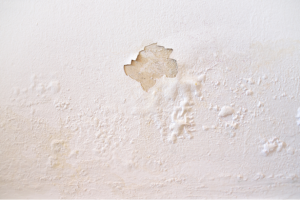 Despite being surrounded by them, most of us don’t really pay much attention to the walls in our home. But changes or issues with the wall finishes throughout the home can be a sign of water intrusion that we often overlook. Flaking concrete or a white powdery residue on the basement walls can indicate a moisture problem lurking behind your foundation. And on finished walls, the most common symptoms of a moisture problem are chipped or peeling paint, discoloration, and bubbling wallpaper. If your finished walls show any of these signs, you may be dealing with a significant water intrusion problem.
Despite being surrounded by them, most of us don’t really pay much attention to the walls in our home. But changes or issues with the wall finishes throughout the home can be a sign of water intrusion that we often overlook. Flaking concrete or a white powdery residue on the basement walls can indicate a moisture problem lurking behind your foundation. And on finished walls, the most common symptoms of a moisture problem are chipped or peeling paint, discoloration, and bubbling wallpaper. If your finished walls show any of these signs, you may be dealing with a significant water intrusion problem.
Changes in the Flooring
We all come to know the floors in our home pretty well, probably better than we realize. So, when we take a step and notice an unexpected squeak, creek, or softness underfoot, it’s important to root out the cause of that change. Water can seep beneath your flooring to rot the subflooring underneath. If you notice shifting ceramic tiles, peeling linoleum, or a change in the way your floor “feels” and “sounds,” don’t delay in having the underlying problem investigated and repaired.
Lingering Odors
Trust your nose. If you walk into a room and notice a smell that shouldn’t be there, it’s usually a sign of a problem. Musty smells are often the first sign of undetected moisture and mold problems lingering behind the walls or underneath the carpet. If it smells off when you’re digging around underneath your kitchen or bathroom sink, it’s likely due to an intermittent plumbing leak. Pay attention to the odors around your home, and if something seems off, your best bet is to call in a mitigation specialist who will have the tools to root out the source of the problem.
Unexpected Changes in Your Water Usage
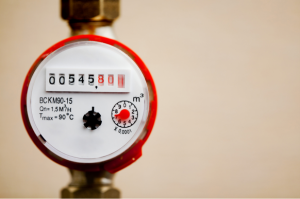 According to the Alliance for Water Efficiency, the typical home loses 2,000 to 20,000 gallons of water a year due to leaks. Many of these leaks go unnoticed until they become a significant problem, but an unexpected increase in water usage is one telltale sign of a plumbing leak. Keep an eye on your monthly water bill for spikes or gradual, unexplained increases in your home’s water usage. If you notice anything amiss, your next step should be contact a plumber who can help you find the source of the explained water usage.
According to the Alliance for Water Efficiency, the typical home loses 2,000 to 20,000 gallons of water a year due to leaks. Many of these leaks go unnoticed until they become a significant problem, but an unexpected increase in water usage is one telltale sign of a plumbing leak. Keep an eye on your monthly water bill for spikes or gradual, unexplained increases in your home’s water usage. If you notice anything amiss, your next step should be contact a plumber who can help you find the source of the explained water usage.
What To Do If You Notice Any of These Signs of Water Intrusion
It doesn’t take long for water to begin doing damage to your home, so it is important to keep an eye out and take immediate action if you notice any sign of water intrusion. While many homeowners mistakenly believe having periodic water intrusion is just part and parcel with living in Northeast Ohio, the truth is our homes are designed to stay dry. As soon as you notice water or signs of water intrusion in your home, you should contact a water restoration company, like Aapex Construction & Restoration, as soon as you can so they can identify and repair the underlying cause and assess and mitigate any water damage your home may have suffered.
Aapex Construction & Restoration is Your Trusted Water Damage Restoration Contractor!
Have you noticed any of these commonly overlooked signs of water intrusion in your home? Aapex Construction & Restoration specializes in insurance and non-insurance restoration projects. With more than 20 years of experience in the industry, our mission is to provide exceptional customer care from start to finish as we mitigate the damage and return your home to pre-loss conditions. We advocate for you with your homeowner’s insurance company, documenting every step of the process and helping to ensure you receive every dollar you are owed in coverage. Contact us today for a free consultation.
Related Articles
Thing to Know Before Hiring a Water Damage Restoration Contractor
Surprising Sources of Water Intrusion
Water in Your Basement: Sources and Solutions
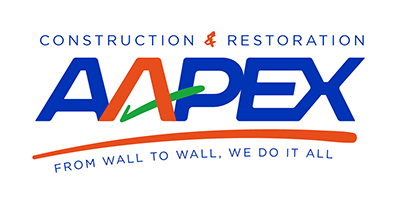
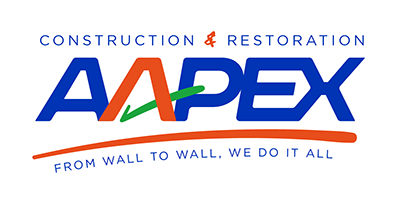
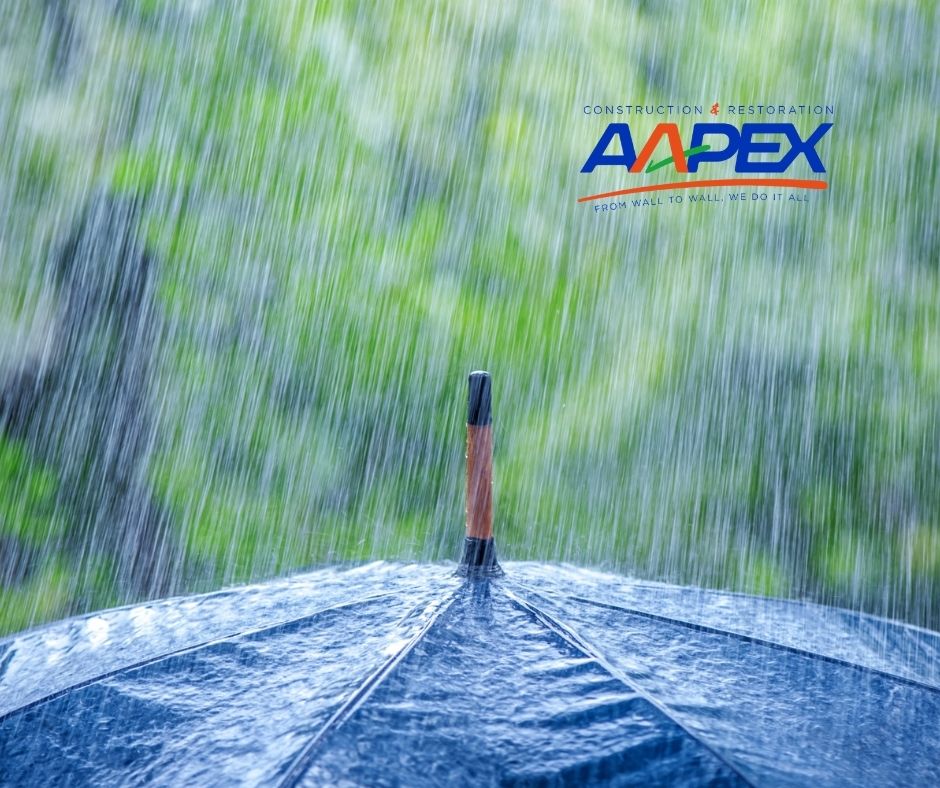
Thank you for explaining that you can tell if there’s water intrusion if there is a sudden increase in your water bill. I’ve been wondering why our water bill was so much higher this month. I’ll be sure to get the leak repaired and see if someone can help me with the ensuing water damage.